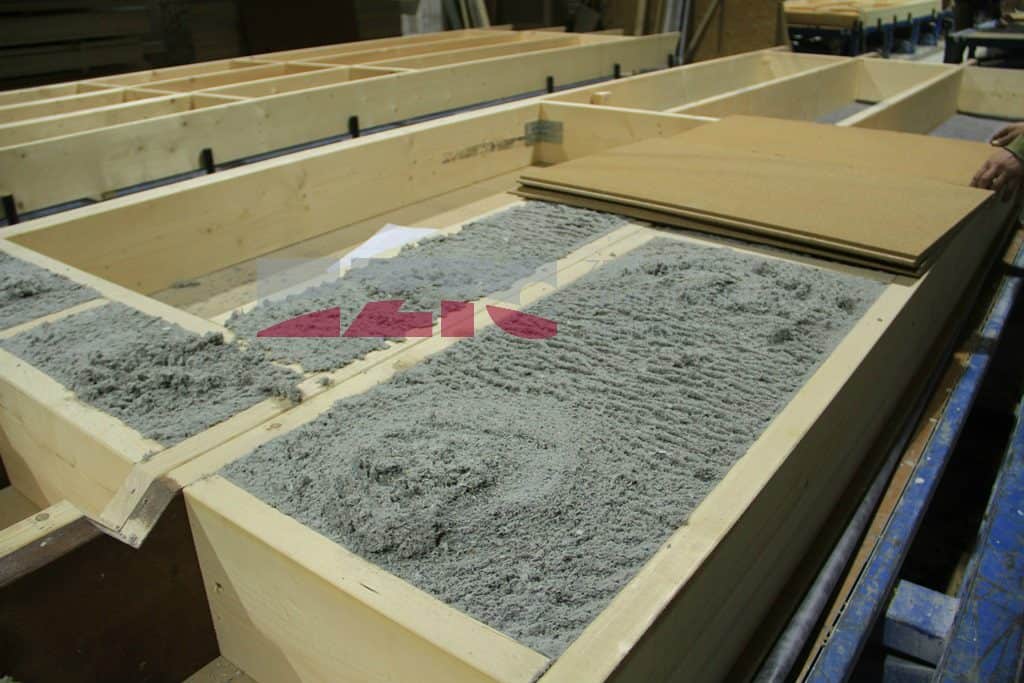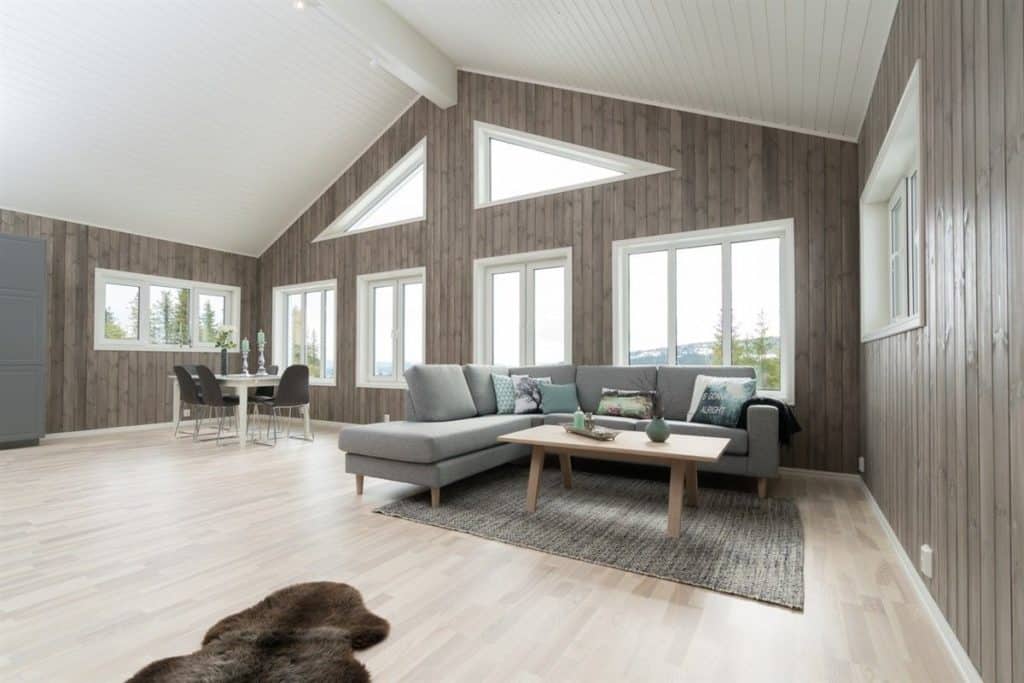Useful information
Optimal indoor air humidity is important for health
26.04.2018 13:18

The right air humidity in your home helps avoid infections, allergies and irritations
Most important facts to know about indoor air humidity in your house
- Low indoor air relative humidity affects respiratory infections, irritation and inflammation in eyes, nose and throat
- High indoor air humidity favours allergic mite and fungal populations indoors
- Optimal relative humidity indoors is between 40 % and 60 %
- Time spent in optimal relative humidity can improve health, comfort, productivity, sleep quality and reduce stress on vocal chords
That relative humidity can affect the incidence of respiratory infections and allergies has been evidenced already by 1986 in a review of the health effects of relative humidity in indoor environments by Anthony V. Arundel and others. But this is a topic often hastily overlooked when making important decisions on house construction.
Studies have shown that Low RH aggravates the eye tear film stability and physiology, and causes rhinitis. Dry air causes dryness of the airways thus compromising its defence mechanism from influenza virus, which for influenza viruses and others has a greater survival time at low humidity and low temperature. The prevention of low indoor air humidity has been linked to improved sleep quality and reduced effects on the vocal cord. Studies also show that dry air also causes discomfort in airways for dogs as well.
Research suggests
Research suggests that the majority of adverse health effects caused by relative humidity would be minimized by maintaining indoor levels between 40 and 60%. Studies show that the survival or infectivity of on airborne-transmitted infectious bacteria and viruses is minimized by exposure to relative humidities between 40 and 70%. The indoor size of allergenic mite and fungal populations is directly dependent upon the relative humidity. Mite populations are minimized when the relative humidity is below 50% and reach a maximum size at 80% relative humidity. Most species of fungi cannot grow unless the relative humidity exceeds 60%.
Breathing ecological house – a natural solution
Even if you can’t fully influence the conditions at your workplace, we believe that your home should be a place of respite where you can regain energy because you determine how you and your family lives. Ecological house built with “breathing” envelope structures act as a buffer between differing air humidity levels inside and outside. It is instead of completely isolating the two environments. That lets you decrease reliance on sophisticated ventilation systems to achieve optimal relative humidity indoors.
Most timber frame house producers use mineral wool which does not absorb moisture therefore any vapour permeance would pose a serious risk for moisture to condensate inside the walls and damage wood structures. However with cellulose or wood fibre wool insulation which absorbs and releases humidity. Therefore a partial vapour barrier is used to make sure that more humidity passes to the outside. So that excessive moisture doesn’t collect in the insulation layer.






